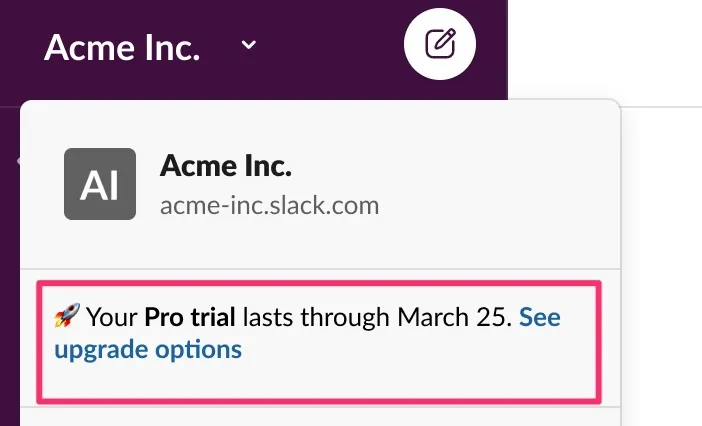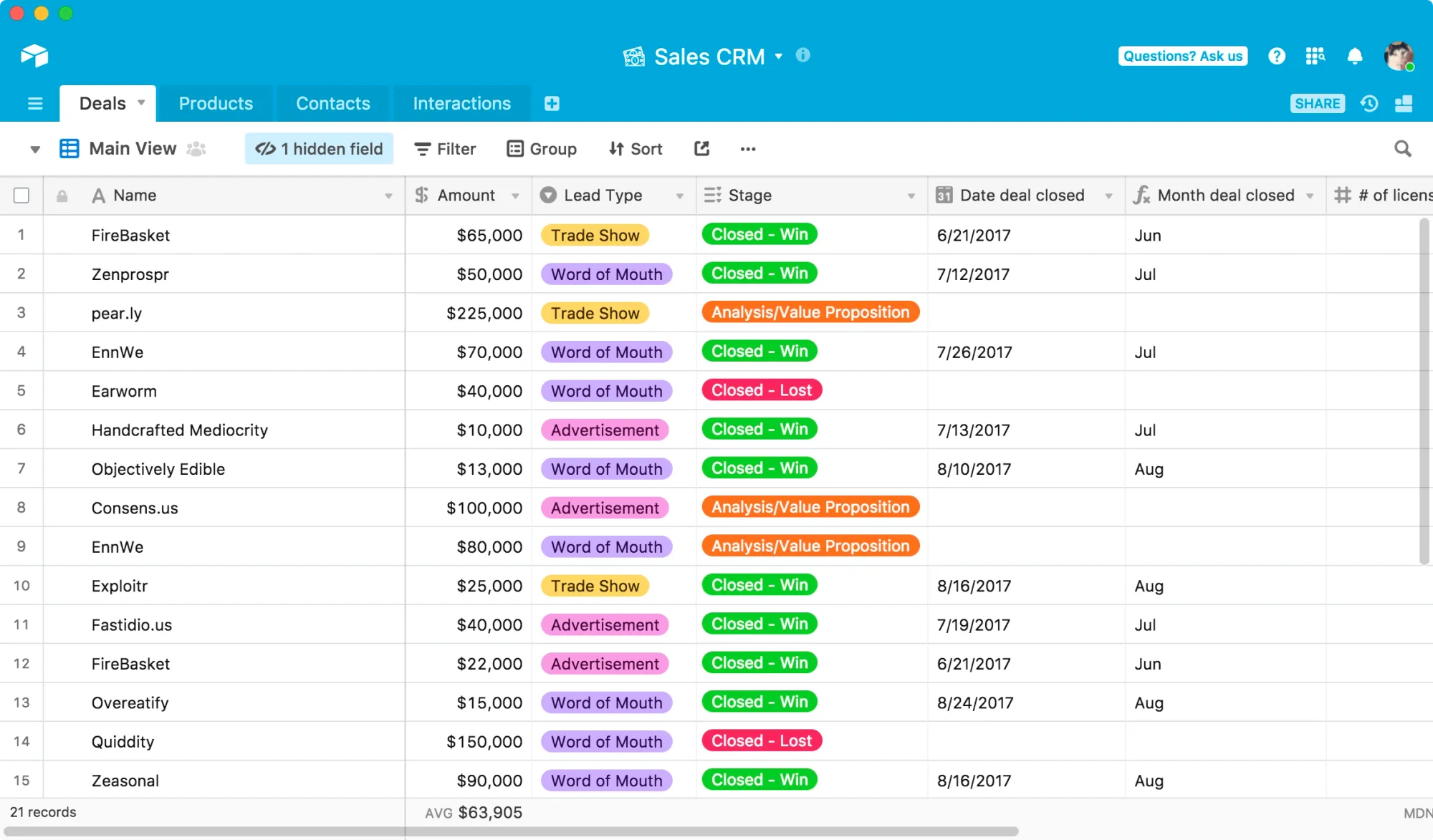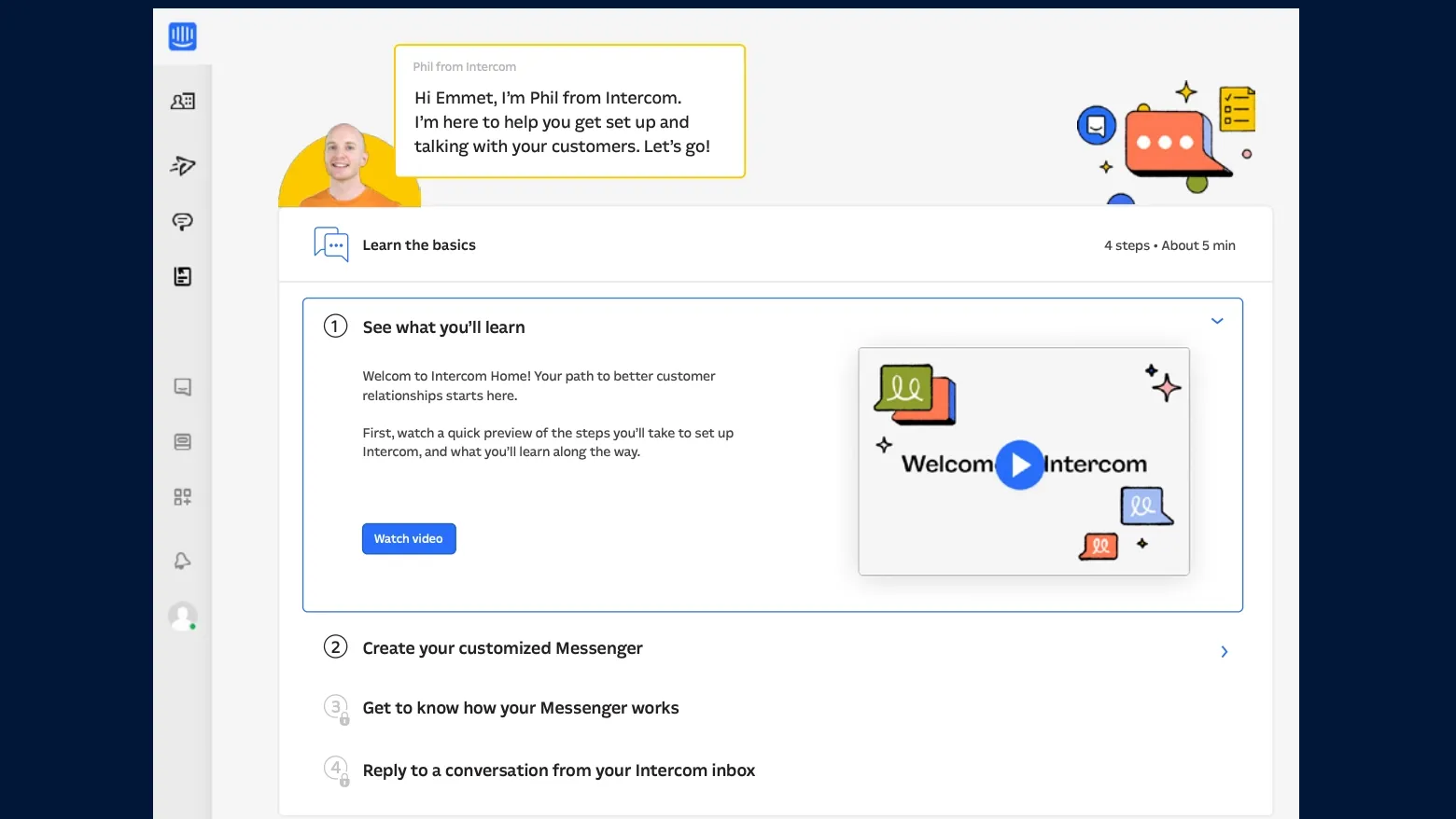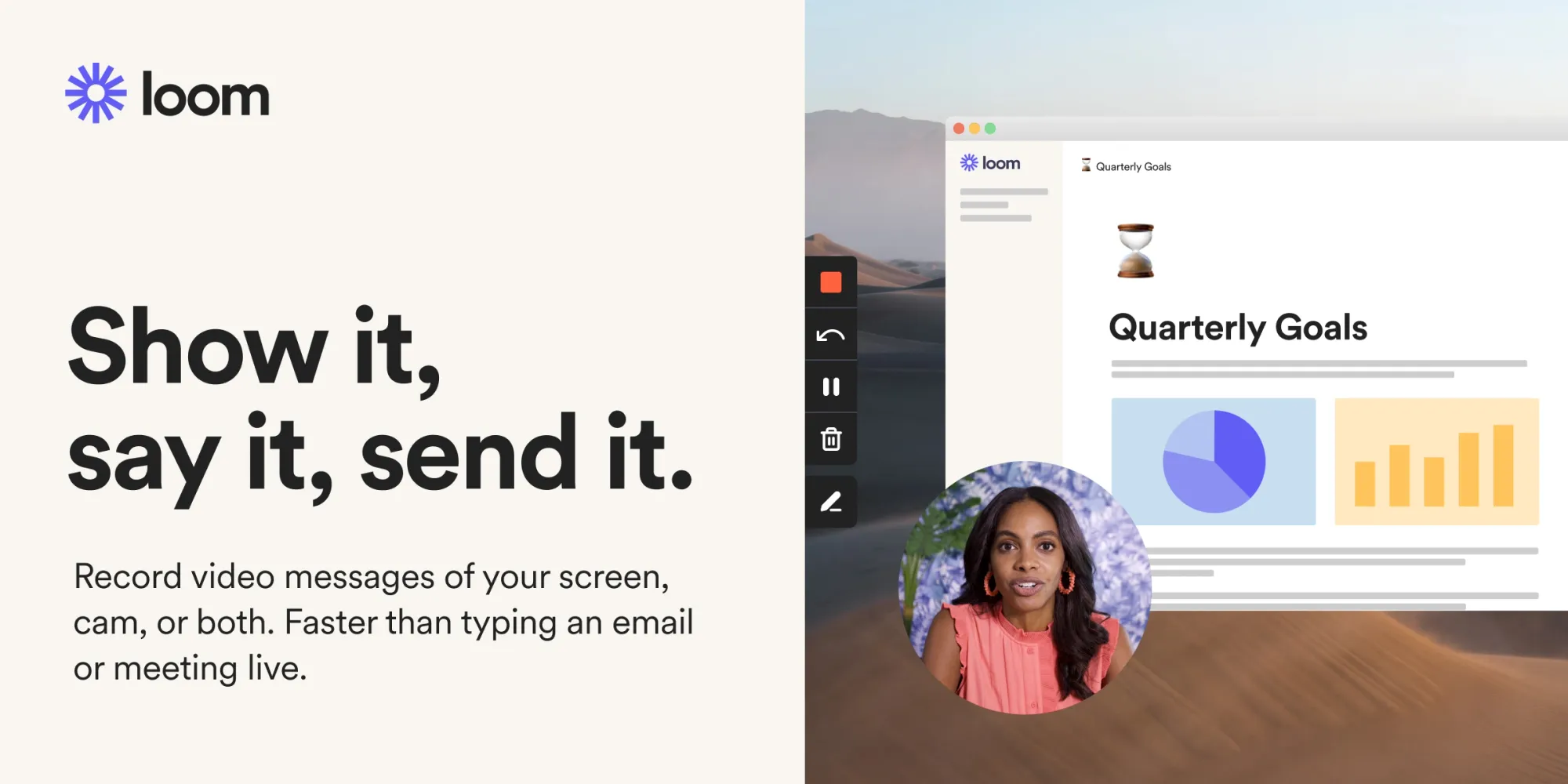We're entering a new phase in the world of SaaS. Traditional sales strategies are being replaced by a more customer-focused approach known as Product-Led Sales (PLS). This transformation is more than just a passing trend – it's a strategic evolution where the value and functionality of a product take center stage.
PLS offers software sales teams a significant advantage, as it takes customers’ needs into account and allows them to understand the product without needing sales. This approach is a part of the broader product-led growth model that is revolutionizing the SaaS industry. There are lots of companies crushing product-led sales out there.
If you're an experienced Product Manager eager to leave a mark, PLS is the contemporary method that's revolutionizing the SaaS industry. Let's delve deeper into PLS, understanding its benefits and how it's reshaping business strategies.
Sales Revolution: Unveiling the Essence of Product-Led Sales
The landscape of sales is changing due to PLS. This product-led strategy brings your product to the forefront, setting the stage for our discussion of the revolution taking place in the sales arena. It's a shift from a traditional sales-led approach to a product-led one, altering the sales cycle and the role of sales teams.
What is product-led sales?
Product-Led Sales (PLS) is a business methodology that emphasizes the product during the sales process. This innovative approach transforms your sales team from persuaders to facilitators, allowing potential customers to fully experience the product's benefits firsthand. It's a shift from a sales-led model to a product-led one, significantly impacting the buying process.
The Evolving Role of Sales Teams in PLG Companies
In organizations that follow a more conventional, sales-driven approach, the onus of cultivating paying customers primarily falls on the Sales teams. Sales reps are tasked with the responsibility of nurturing leads that the Marketing team has identified and classified as "hot" or Marketing Qualified Leads (MQLs).
Interestingly, these MQLs are often individuals or entities that have not yet had the opportunity to witness the product's functionality or effectiveness firsthand. Despite this, the Sales teams are expected to persuade these leads to transition into actual customers, making a commitment to purchase the product or service. This vagueness of perceived value creates a leaky sales funnel whereby the decision maker at the prospect's company may be totally oblivious to how the product will be a valuable addition to their tech stack.
This traditional sales-led process typically involves the use of polished product presentations and engaging video demonstrations. The aim is to showcase the product's features, benefits, and potential impact in the most compelling way possible. The Sales teams strive to create a narrative that not only informs the leads about the product but also stirs an emotional response, making the product seem indispensable.
Creating Multiple Paths For The Customer
A major difference in the product-led vs sales-led model is that Sales teams act as the bridge between the company's offerings and the soon-to-be customers. They play a pivotal role in influencing the leads' perception of the product, shaping their understanding, and, ultimately, their purchasing decision.
On the other hand, PLS helps customers find their own way there - sometimes talking to humans is necessary, but often self-serving to discover something entirely their own.
It's important to note that the traditional SaaS sales cycle is evolving. The product itself becomes the primary driver of customer acquisition, conversion, and expansion.
Why is The Sales-Led Strategy Gaining Traction?
PLS focuses on offering a solution in the buying process rather than just a product. Sales reps own a significant portion of the customer journey, though it's not entirely dependent on them. This "best-of-both-worlds" sales motion builds trust and fosters a value-driven sales experience, ultimately keeping the customer acquisition cost relatively low as product-qualified leads are much more likely to convert during the sales cycle.
What is the difference between PLG and SLG?
The B2B SaaS world is currently in the midst of a significant transformation. Traditional sales-led growth strategies are being challenged by the emerging approach of Product-Led Growth (PLG).
In the sales-led growth model, the sales team is the driving force behind product adoption. They are the primary point of contact for prospects guiding them through the buying process. However, this approach leans away from self-serve new sign-ups and can be resource-intensive, requiring significant investment in sales personnel and their activities.
On the other hand, PLG represents a shift in focus. Here, the product itself takes center stage, with the sales team playing a more supportive role. The aim is to create a product so compelling and user-friendly that it drives its own adoption. The sales process is almost entirely driven by self-serve users.
Where does PLS fit into this Growth Strategy?
PLS is a strategy that combines the best aspects of both sales-led and product-led growth. It leverages the product to attract and engage customers, similar to a PLG approach. At the same time, it utilizes the sales team to facilitate the customer's journey, similar to a sales-led approach. However, the role of the sales team in a PLS strategy is different from a traditional sales-led approach. Instead of persuading customers to buy, the sales team acts as facilitators, helping the customer (read: decision-maker) understand and experience the product's value.
The transition from sales-led to product-led strategies, and the emergence of PLS, can be better understood by examining the following key differences:
Customer Experience
In a product-led growth strategy, customers are given the freedom to interact with the product at their own pace, often through free trials or freemium models. This self-service experience, supported by the sales teams when needed, provides a superior and less intrusive customer experience compared to the more guided but potentially intrusive experience offered by traditional sales-led growth.
Cost Efficiency
Product-led growth also offers advantages in terms of cost efficiency. Since the product itself is designed to attract and engage users, sales representatives can focus their efforts on customers who have already shown interest in the product. This targeted approach can result in lower customer acquisition costs (CAC), making product-led growth a cost-effective strategy for driving sales and revenue growth.
The shift from sales-led to product-led growth, and the integration of PLS, represents a new direction for sales reps in B2B SaaS companies. By focusing on delivering a superior product and customer experience, these companies can drive revenue growth in a more efficient and customer-centric manner.
How To Adopt Product-Led Sales for B2B SaaS Business Growth
If you're a modern SaaS company, it's time to embrace a product-led strategy in your next sales cycles. It can't be understated that a successful product-led sales motion revolves around showcasing the strengths of your product. Sales reps should have the full support of the Product team to make sure the insights and feedback from their target audience are being implemented inside the product.
Key steps in implementing PLS:
- Product Excellence: This goes without saying, but Product-Led companies need to ensure the product is robust and user-friendly. It not only needs to solve a real problem for the customer and do it well, but it also needs to be incredibly easy to use. If existing customers are churning, no amount of sales velocity is going to help drive growth. That's why we're building AI-powered user-assistance tools like HelpHub; we want your users to be empowered to succeed across your entire product.
- Free Trials: Offer a free or low-cost trial to allow decision-makers to experience the product's benefits firsthand. At the intersection of product-led vs sales-led, this hands-on approach gives sales reps an opportunity to increase user engagement and convert free users into active users. It's also a great opportunity for customer success teams to review product usage and report those product usage signals back to the PMs.
- Data-Driven Upselling: Keep a keen eye on product usage data and use those insights to identify engaged new users and target them for upselling or cross-selling opportunities. The perceived value of your product is highest when paid customers are getting the results that they came for.
Which SaaS businesses are opting to be product-led?
If you're still unsure, examining the successful implementations of the PLS strategy by various companies might provide a clearer picture. Starting with Slack, for instance.
Slack
Slack, is a very well-known SaaS company that adopted a Product-Led Sales approach by offering free trials. This allowed potential customers to interact with the product and understand its value before committing to it. For enterprise customers in particular, this was immensely helpful for them to check out the features, its real-world applications, and compliance at their convenience without relying entirely on a sales rep.
This approach enabled users to understand and appreciate the value proposition of Slack, leading to widespread adoption across organizations.

AirTable
AirTable is one of the great product-led businesses to implement a PLS strategy. It's hard to sell software that feels boring. Now spreadsheets aren't exciting by any stretch of the imagination, but by transforming the traditional spreadsheet into an interactive tool, their innovative approach demonstrated Airtable's superpowers, attracting businesses of all sizes without any aggressive sales tactics.
In this product-led era of SaaS, it's imperative that new customers are surprised and delighted across your entire product - even if you're just a souped-up spreadsheet.

Intercom
In another product-led approach, Intercom leveraged PLS by designing a rich, interactive product tour targeting self-serve users. This allowed customers to experience their conversational platform's value directly, highlighting the product's capabilities without resorting to forceful sales strategies.
SaaS companies often overlook the importance of educating their customers - even after the point of sale. Keeping tabs on product usage and preemptively shipping features and improvements to curb churn is critical. By using features like nudges and questlists, Intercom was able to onboard users quickly and efficiently.

What are the benefits of product-led growth?
Now that you dove into some successful product-led companies, it’s time to explore the potential returns associated with this approach. I'll give you the tl;dr: high returns and rapid growth.
PLS is an impactful business strategy that can notably enhance your Return on Investment (ROI). It's an effective approach that is achieving significant results in the sales domain.
A successful product-led strategy will result in:
- Increased customer acquisition
- Enhanced user engagement
- Lower customer acquisition costs
- Improved customer experience
Consider Bolt, for example. This online checkout platform has adeptly used its product-led growth. They've successfully attracted thousands of small to medium-sized business merchants, significantly reduced the time taken for onboarding, and converted a substantial number of them into paying users. This is a clear testament to how PLS can substantially amplify customer acquisition and conversion rates.

Take another example, Loom, the video messaging platform. Despite facing financial constraints and time pressures, Loom managed to strategically implement a product-led approach, ultimately evolving into a billion-dollar enterprise in less than a decade. This is truly an impressive turnaround.

The Perks of Not Needing to Rely on a Sales Team for Growth
When companies adopt the PLS approach, they are enhancing their key business metrics. They can expect marked improvements in customer retention, increased conversion rates, and significant expansion in Customer Lifetime Value (CLV).
Also, PLS allows companies to make considerable reductions in their CAC, as the product essentially becomes its own advertisement. No need to deal with the stressed-out sales rep trying to fill the pipeline with potential paying customers anymore. If the Product team is building an exceptional product, all those product-qualified leads will be flocking to sign up.
As for customer satisfaction? The customer success team is rejoicing too! PLS customers are not just casual window shoppers—they're committed clients who stay for the long term. A product-led sales motion helps reduce churn rates and increase customer retention rates. With these outcomes, your business is in a position to outpace competitors regardless of the pricing model.
Challenges and Solutions in Implementing Product-Led Sales
Navigating the Shift from Sales-Led to Product-Led
Transitioning from a sales-led to a product-led approach can be a daunting task for many organizations. The shift requires a fundamental change in mindset, strategy, and operations. However, with the right approach, this challenge can be overcome.
Solution: Start by fostering a culture that values product excellence and customer-centricity. Encourage collaboration between product, sales, and marketing teams to ensure a seamless transition. Provide training to your sales team to equip them with the skills needed to become facilitators rather than persuaders.
Balancing Self-Serve and Sales-Assisted Journeys
One of the key challenges in implementing PLS is finding the right balance between self-serve and sales-assisted customer journeys.
While self-serve journeys empower customers to explore and understand the product at their own pace, sales-assisted journeys can provide personalized guidance and support.
Solution: Implement a hybrid approach that combines self-serve and sales-assisted journeys. Use data analytics to understand customer behavior and preferences and tailor the customer journey accordingly.
Consider leveraging AI and automation to provide real-time support and guidance to customers during their self-serve journey. HelpHub in action:

Maintaining Customer Engagement and Retention
In a product-led approach, the product is the primary driver of customer acquisition and retention. However, maintaining high levels of customer engagement and retention can be challenging, especially in a competitive market.
Solution: Focus on delivering a superior product and customer experience. Regularly collect and analyze customer feedback to identify areas for improvement. Implement a robust customer success strategy to proactively address customer issues and concerns and foster long-term customer relationships.
Optimizing the Sales Funnel
In a PLS approach, the sales funnel is often longer and more complex, with multiple touchpoints and interactions. Optimizing this funnel to ensure a smooth and efficient customer journey can be a significant challenge.
Solution: Use data analytics and customer insights to map out and understand the customer journey. Identify bottlenecks and pain points in the sales funnel, and implement strategies to address them.
Final Thoughts: Envisioning the Future of SaaS with Product-Led Sales
PLS is changing the rules of the game. Modern customers desire personalized, valuable sales experiences. They want to see the product in action without being obligated to commit to a purchase. SaaS giants like Slack, Dropbox, and Zoom have achieved success by delivering such experiences.
So instead of just selling products, deliver value. Show, don't tell your product's worth, fulfill your promises, and watch your sales soar.
Ready to ride the PLS wave and scale more efficiently with organic growth that reduces the need for large sales teams and bloated marketing spend? Craving a deeper dive into the world of Product-Led Sales, B2B prospecting, and a comprehensive transformation plan? Click here to learn how PLS can improve your customer interactions, boost your sales, and grow your business in a sustainable way.















